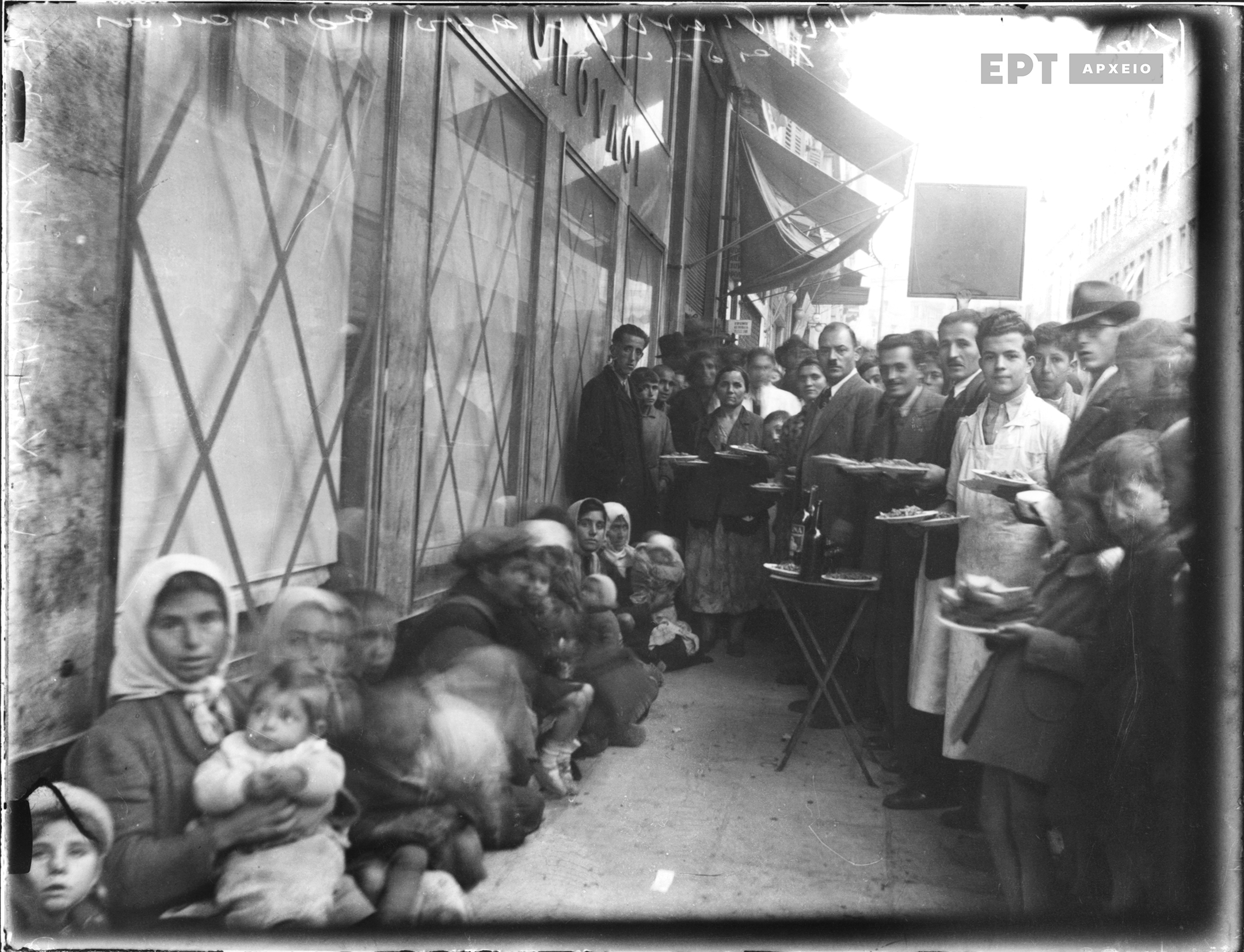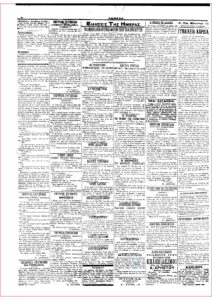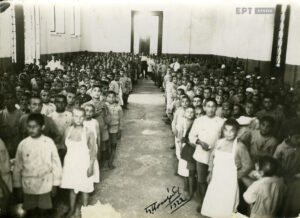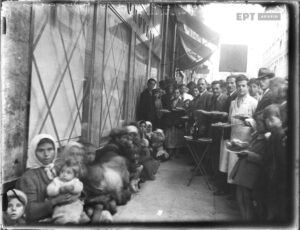International aid and charity
City
Migration Period
City Narratives
Category
Full Description
The refugee populations which arrived at the port of Piraeus and other Greek ports in September 1922 lacked basic necessities: food, clothes, bedding, medicine. The ‘Queen’s fundraiser’ was not enough and the resources of the Ministry of Welfare were limited: ‘The Ministry sent over blankets and some clothes’. Conversely, the number of refugees was constantly rising. The palace and the government appealed for help to charity organisations in Greece and abroad as well as European governments. Although several European ambassadors announced the dispatch of aid and the International Red Cross mobilised immediately, the transfer of money, medicine and clothing from abroad was a time-consuming process. The relief provided to the refugees during that first period after their arrival relied exclusively on both public and private domestic resources and, as a result, failed to meet the full extent of the refugees’ needs.
Soon after, international governments and charity organisations started making significant contributions to the task of providing healthcare and food to the refugees. The English government, via its ambassador in Athens, undertook the transport of the remaining Greeks from the Asia Minor coast, providing 10 to 15 steamboats and 1,000 tonnes of flour. In November 1922, it also sent a ten-car train carrying medicine and clothing, followed by a second train carrying medicine in February 1923. On September 17, the International Red Cross undertook the production and distribution of freshly prepared food at the refugee camps of Athens and Piraeus in collaboration with the Ministry of Welfare which would provide the appropriate facilities and equipment. Until then, most of the refugees at these camps were receiving dry rations. At the same time, the ICRC took on the exclusive care of 5,000 orphaned refugee children and announced a charity drive to collect food and clothing for them from houses and stores in Athens and Piraeus.
At the beginning of October, the aid provided by foreign charity organisations was systematised, which helped improve the living conditions of the refugee populations. The organisation All British Appeal was the first foreign charity to arrive in Piraeus ‘and its members administered first aid to the newly-arrived refugees from Smyrna and the islands who were in a wretched state’. From October 1922 to June 1923, the Save the Children Fund helped 4,060 refugees, 1,500 children and 5,560 teenagers in the city of Piraeus. Every day, it provided the patients in its care with nutritious meals consisting of cocoa milk, broth and crackers. It also supplied clothing, distributing packages of clothes of a total value of 551,200 drachmas. Finally, it provided food for the 320 refugee children who were living at the Papal Refugee Shelter.
The Catholic Archbishop in Greece, Louis Petit, established the Papal Refugee Shelter which housed 1,320 refugees from Asia Minor as well as 320 refugee children who would live there until they turned eight. A large number of charity organisations operated in Greece for longer or shorter periods of time, offering relief to refugees and essential support to the Greek state apparatus. For example, the organisation ‘American Women’s Hospitals’ established five hospitals (Chios, Mytilene, Thessaloniki, Athens, Piraeus) and twelve orphanages (two of which in Athens) while also undertaking their maintenance. From February until June of 1923, these hospitals treated 5,142 patients. The AWH organisation also ran the Makronisos quarantine station, after the Agios Georgios station became overcrowded. The drop in refugee inflows at the end of 1922 allowed for the quarantines to operate properly again and for the rules of hygiene to be more systematically applied. From January until June 1923, 30,000 refugees were isolated on Makronisos until they were clear of disease.
Bibliography
Chronografos [newspaper] , 8.9.1922.
Empros [newspaper], 17.9.1922, p. 3, 21.9.1922, p. 3, and 22.11.1922, p. 2.
Elefthero Vima [newspaper], 29.9.1922, p. 1 and 20.9.1922, p.1.
Ministry of Foreign Affairs Archives Service, League of Nations 1923, folder 10, subfolder 2.
Nikolas Mitzalis, Housing production and urban space during the Interwar, Athens 2008, p.142.




